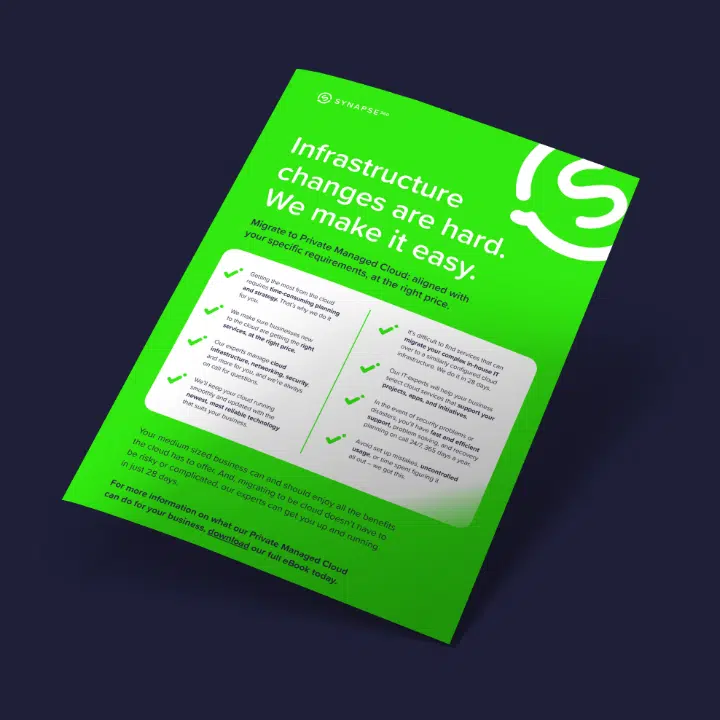In recent years, migrating workloads to the cloud has been prominent across industries – the cost-efficiency, flexibility and scalability has encouraged businesses to embrace cloud computing.
However, cloud repatriation has since emerged, which is the shifting of data from the cloud to on-premises infrastructure. Let’s delve into more on the phenomenon, and why more and more companies are switching over.
The Cloud Migration Journey
Initially, the allure of the cloud was irresistible. Companies migrated applications, data, and workloads to the cloud to harness its benefits – agility, accessibility, and reduced operational overheads. However, this transition wasn’t without its challenges.
Some factors for repatriating data from the cloud might include:
- Performance and Latency: Some applications demand high-performance computing or have stringent latency requirements, which cannot be adequately met in the cloud.
- Cost Considerations: Surprisingly, the perceived cost savings of the cloud may not always materialise. As usage increases, the expenses can escalate, prompting a reevaluation of cost-effectiveness.
- Data Sovereignty and Compliance: Regulatory requirements and data governance often require specific controls over data, making on-premises storage more appealing.
The Repatriation Process
Navigating the shift back to on-premises infrastructure isn’t a simple process. It involves meticulous planning, considering data migration, application refactoring, and ensuring seamless integration with existing systems.
Synapse360 can offer a strategic pathway for companies to repatriate data from the cloud, so let us help guide you through it and regain control.
A Hybrid Future
The benefits from using the cloud are still relevant today, so a complete retreat shouldn’t be needed. The future might be a blend of both, using the strengths of each to ensure flexibility, scalability and optimal performance.
Cloud repatriation isn’t an indictment of cloud computing, but an acknowledgment of its limitations in certain scenarios. As technology continues to evolve and business needs shift, it may switch back and forth between on-premises and the cloud. Understanding the reasons behind this shift is crucial in navigating the complexities of modern IT infrastructure.



